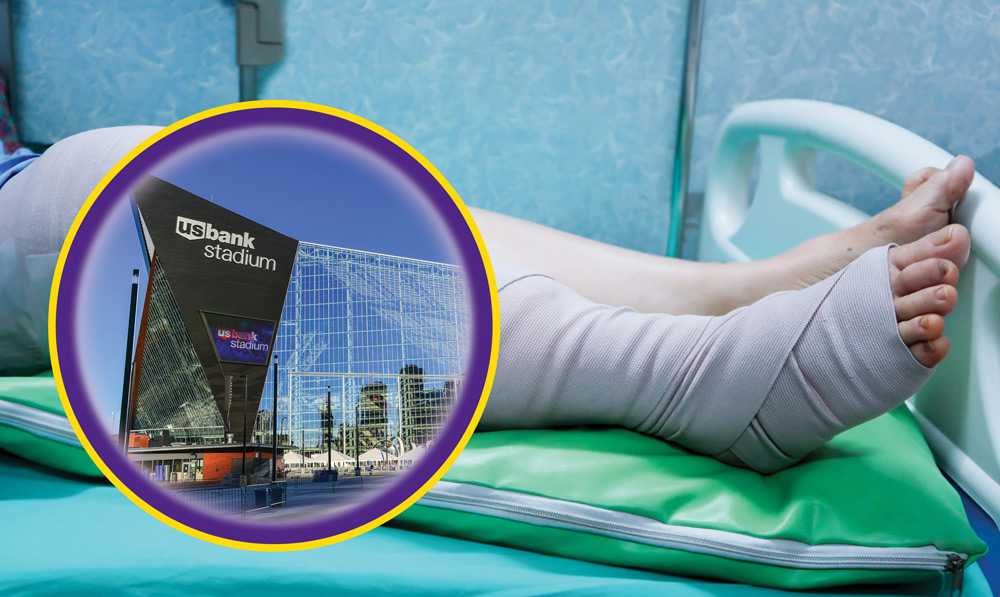What is Acute Compartment Syndrome?
CentraCare M Physicians Orthopedic Surgeon Patrick Osborn, MD, FAOA, FACS, co-wrote the American Academy of Orthopedic Surgeons (AAOS) guidelines on diagnosing compartment syndrome (CS) in 2019.
There are two types of compartment syndrome (CS), acute compartment syndrome (ACS) and chronic exertional compartment syndrome (CECS).
ACS is an uncommon injury complication that causes irreversible tissue damage. If left untreated, it’s possible the muscle and nerve tissue in the limb could die.
ACS happens as the result of an injury that leads to abnormal, increased pressure within a muscle fascia group. Fascia isn’t very elastic and doesn’t stretch well with sudden, strenuous movement or excessive swelling.
It’s extremely painful and people who suffer from it demonstrate “pain out of proportion” to what you would expect with their injury.
This complication can occur in areas of the body including arms, forearms, thighs, legs and buttocks.
Direct blows to a compartment, even without a broken bone, can lead to bleeding and or swelling causing ACS.
Eventually, the pressure becomes greater than the microvascular blood flow. Oxygen delivery decreases and this leads to irreversible tissue damage and even death of the muscle and soft tissue in the affected compartment.
If there’s a delay in medical treatment, ACS can have devastating consequences. Tissue damage will not stop without surgical intervention called a fasciotomy. The procedure involves large incisions, nearly the length of the leg, thigh or arm. Damaged muscles need to be removed to avoid infection and injury to a person’s kidneys from muscle breakdown.
Sometimes a person will need to undergo several surgeries to make sure all the dead tissue is eliminated.
When a patient has ACS, the muscle will bulge out of the incision dramatically after the fascia is released and the muscle is allowed to swell. This swelling is even more pronounced because the blood flow is being restored. Sometimes the bulge is too great, and the incision can’t be closed. In that case, skin grafting is needed.
The other type of compartment syndrome is chronic exertional compartment syndrome (CECS). CECS is seen far more often in patients and gets progressively painful with strenuous activity. When activity is stopped, pressure decreases and pain subsides. With CECS there is no irreversible tissue damage.
Many athletes with compartment syndrome (CS) can return to their sport about three months after treatment. But roughly a third of people are never able to return to their former level of play.
Nearly every orthopedic surgeon worries about ACS because a delay in treatment can have devastating consequences for the patient.
